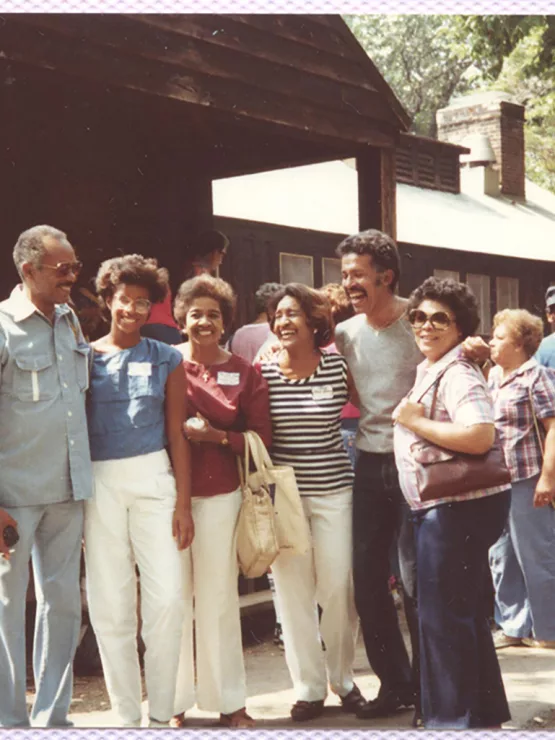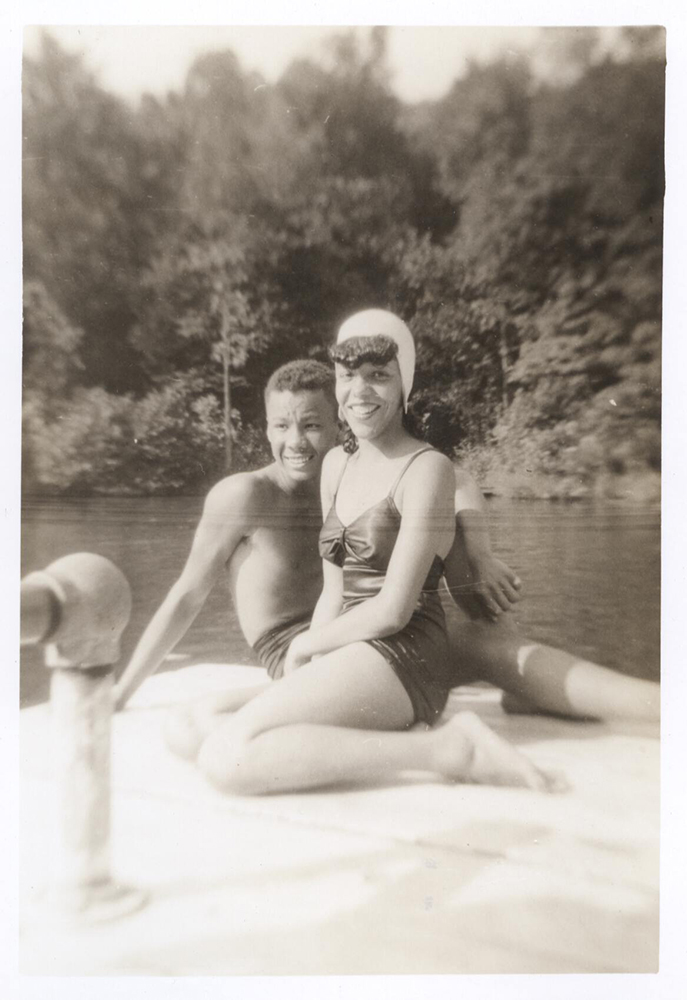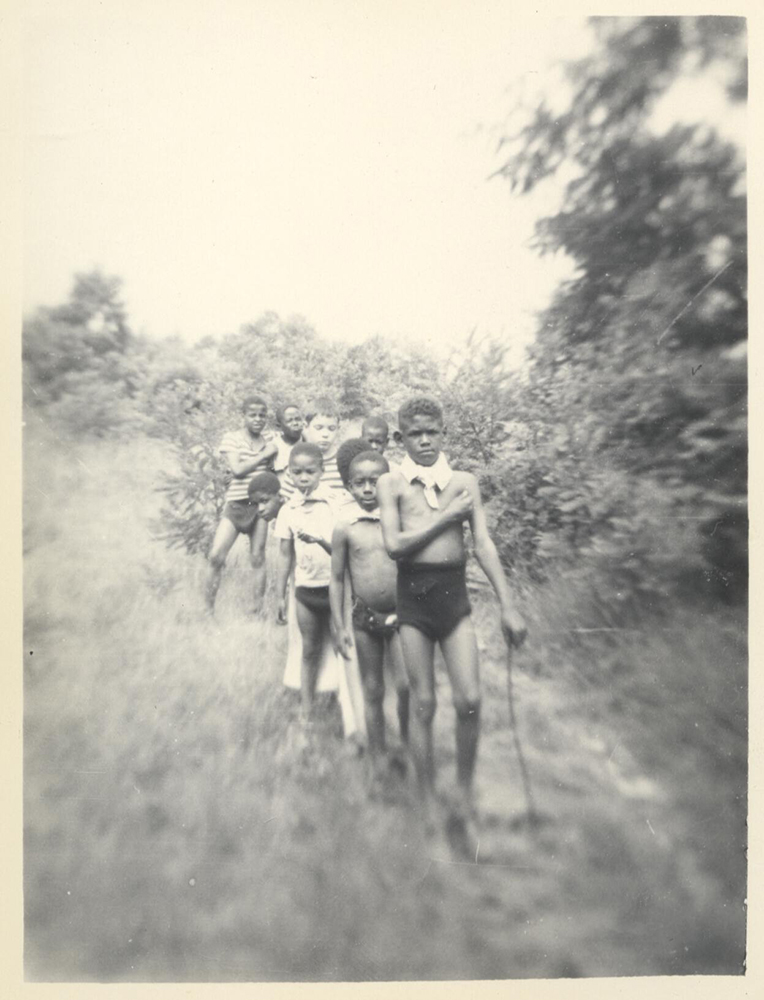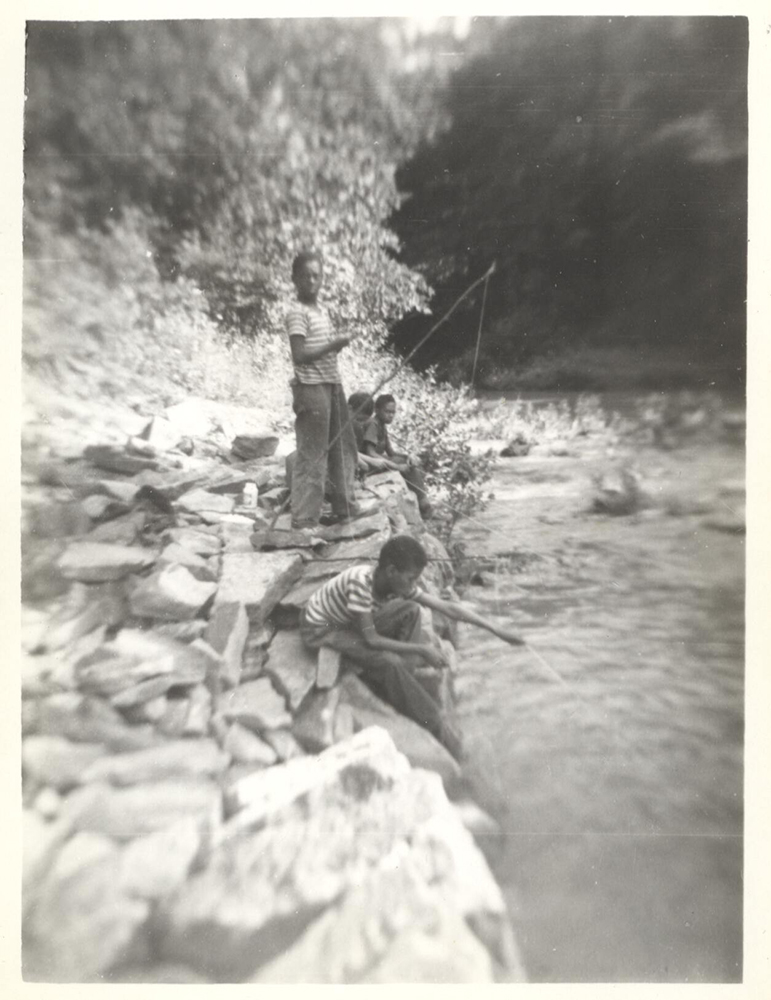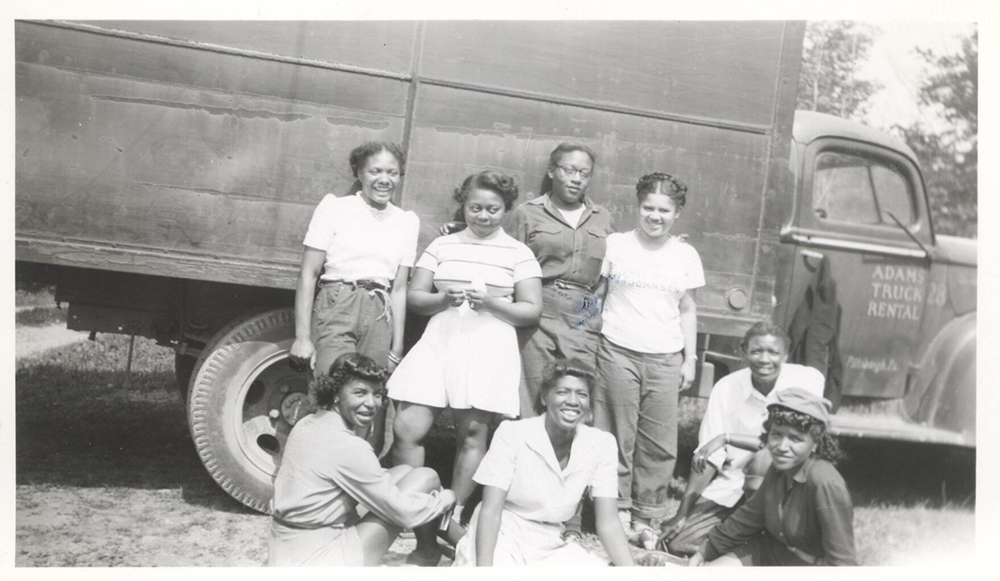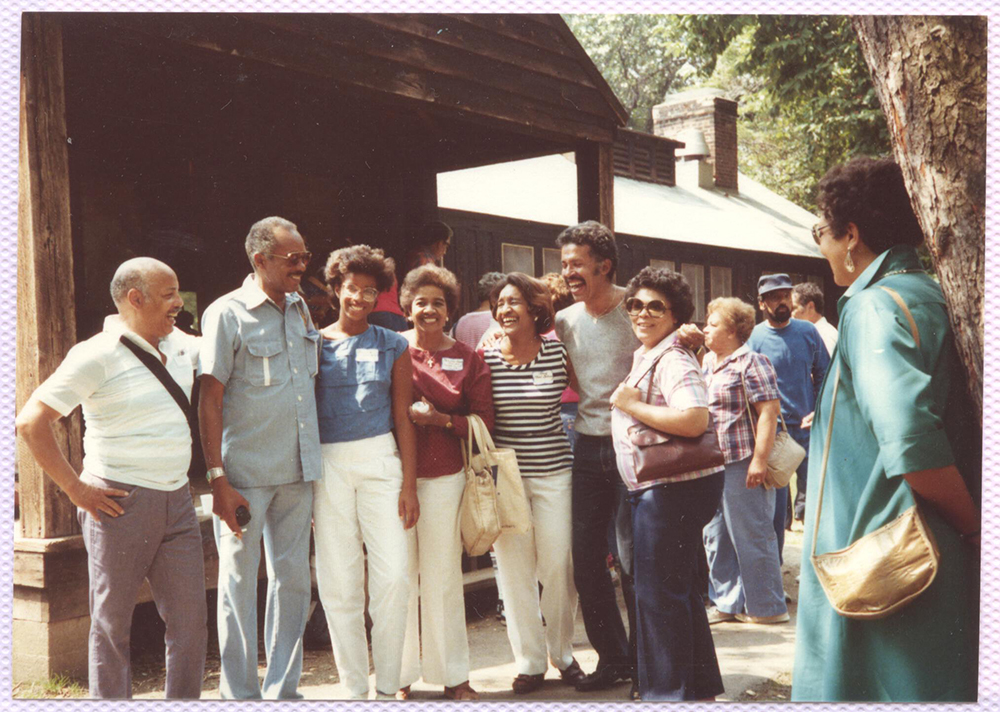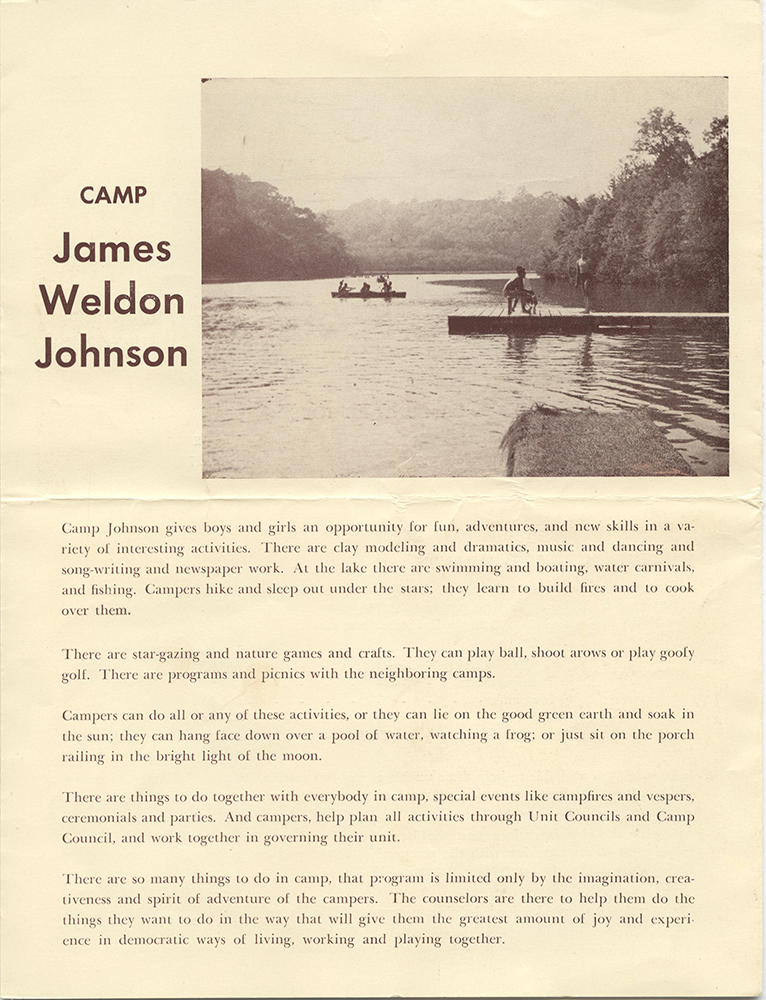
In the early 20th century, “fresh air” camps began sprouting up outside of cities across the U.S. In Western Pennsylvania, camps such as the Emma Farm in Harmony and the Salvation Army Camp in West View offered children a couple weeks of physical recreation and nutritious food in bucolic surroundings – a welcome respite from the pollution and crowded living conditions that characterized life in the city.
Despite the existence of these camps and several others in the area, only a small fraction of campers were African American. Camp James Weldon Johnson, named after the author, diplomat, and NAACP leader, was established in 1939 to address this problem. Located in Raccoon State Park in Beaver County, the campsite had been secured through funds provided by Pittsburgh Courier editor Robert L. Vann. The Urban League of Pittsburgh undertook additional fundraising efforts, securing a sizeable donation from members of the Rotary Club of Pittsburgh. Edwin C. “Bill” Berry, who was then recreation secretary of the Urban League of Pittsburgh, served as the first director of the camp, before going on to direct Urban League efforts in Portland, Ore. and Chicago.
Camp Johnson attendees, who ranged in ages from seven to 17, mostly hailed from the Hill District, North Side, South Side, and Homewood neighborhoods of Pittsburgh. Children from areas outside the city, such as Braddock, Sewickley, and Verona, attended as well. Activities included hiking, swimming, handcrafts, fishing, and team sports. Each session also included a history contest focused on African American leaders and their accomplishments. Camp Johnson remained open for nearly 30 years and closed in 1967.
The History Center maintains a collection of records documenting the camp donated by Wendell Wray, a former camp counselor who went on to become a professor of library science at the University of Pittsburgh. The collection includes photographs, promotional brochures, an organizational history, and material from reunions that Wray organized for alumni of the camp. To learn more about the Heinz History Center’s Camp Johnson records, please take a look at the finding aid for the collection.
Matthew Strauss is the chief archivist at the Detre Library & Archives at the Heinz History Center.

